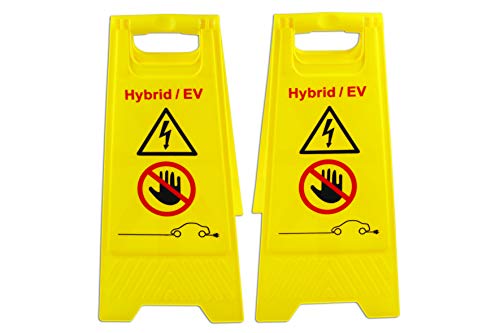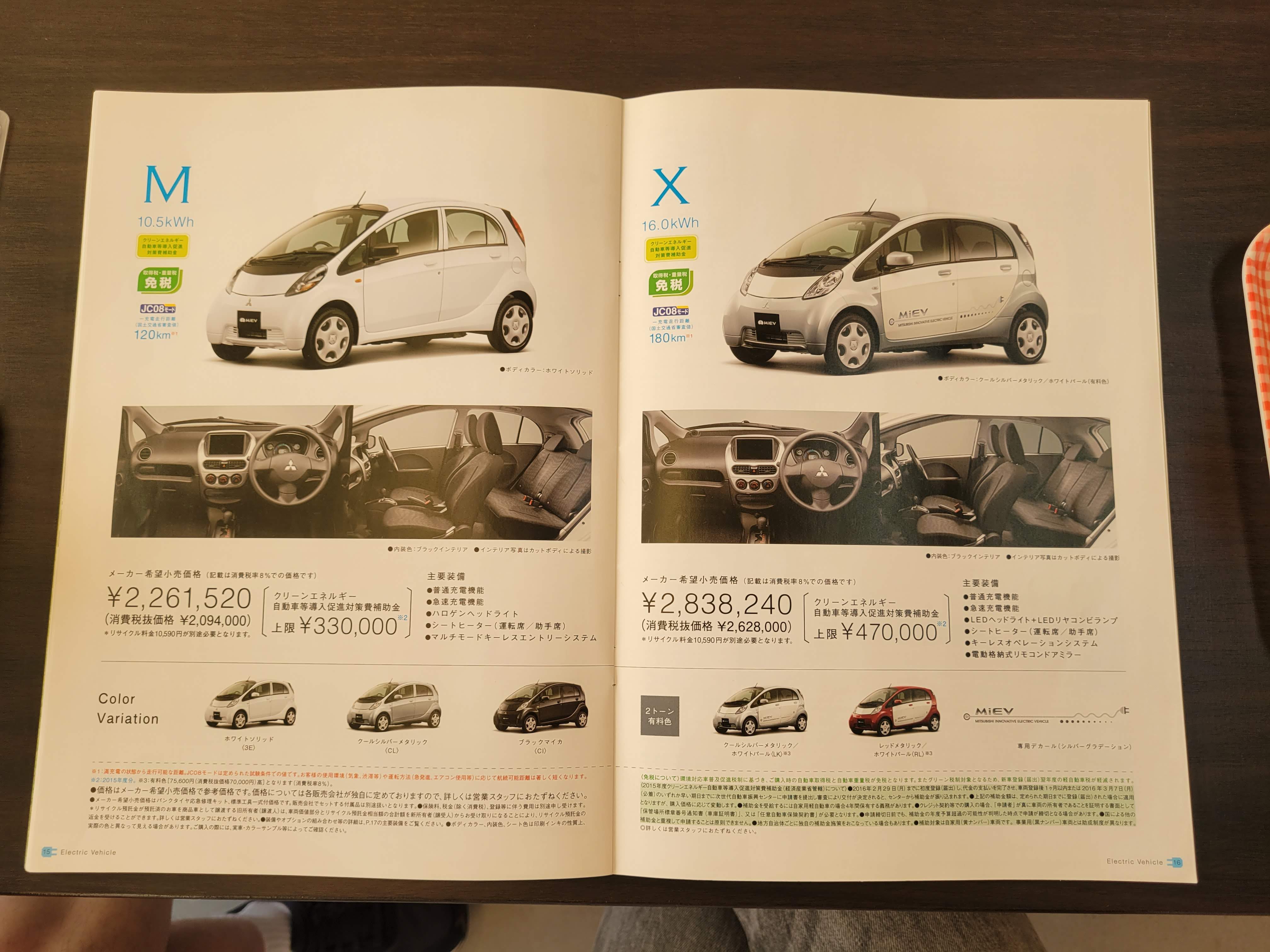Hello,
I am new to the forum.
Recently i am shifting slowly towards EV. I am looking for some used car for the first venture of this kind.
I crossed across the Mitsubishi, upon further recognition i found out there were some short series packet with LTO cells in the battery pack.
What i know from Wikipedia these LTO batteries were introduced only to early versions of the car in Japan only.
Any chances someone encountered sth like this? (Vehicle from the Japan - market import)? These batteries are said to have extra performance hence my curiosity.
Question is: How to find these ones? Are they marked with a special tag/model? Are they maybe produced within certain period?
Any help appreciated, thank vinyl
I am new to the forum.
Recently i am shifting slowly towards EV. I am looking for some used car for the first venture of this kind.
I crossed across the Mitsubishi, upon further recognition i found out there were some short series packet with LTO cells in the battery pack.
What i know from Wikipedia these LTO batteries were introduced only to early versions of the car in Japan only.
Any chances someone encountered sth like this? (Vehicle from the Japan - market import)? These batteries are said to have extra performance hence my curiosity.
Question is: How to find these ones? Are they marked with a special tag/model? Are they maybe produced within certain period?
Any help appreciated, thank vinyl































